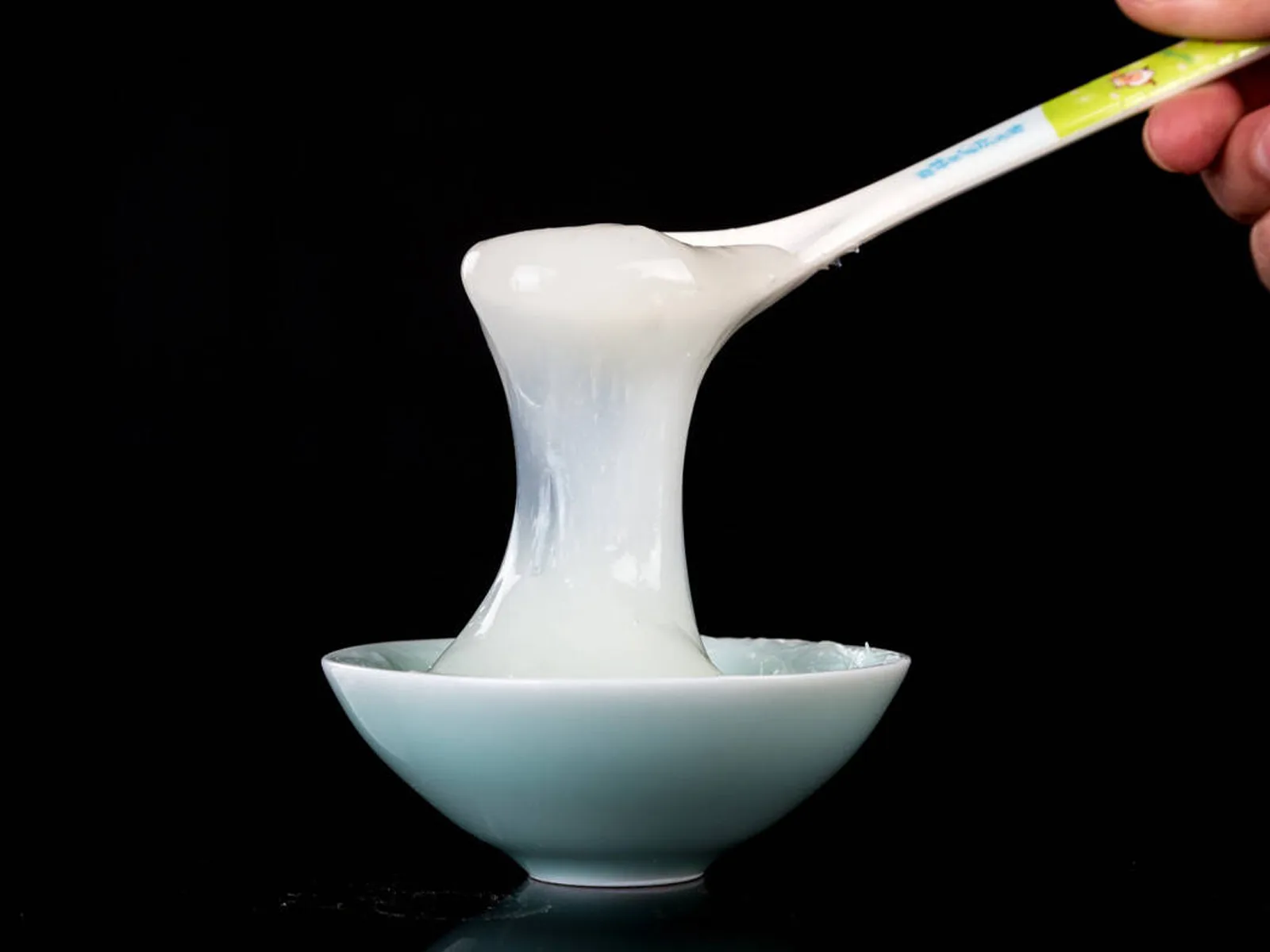The Benefits and Applications of Rice Glue in Pet Products
What is Rice Glue?
Rice glue, also known as glutinous rice adhesive, is a natural adhesive derived from glutinous rice starch. It is made by cooking and processing glutinous rice until it forms a sticky, viscous paste. This adhesive is renowned for its strong bonding properties and is widely used in various industries, including food packaging, crafts, and manufacturing. In pet products, rice glue is gaining popularity due to its eco-friendly nature and safety. Unlike synthetic adhesives, rice glue is biodegradable and non-toxic, making it an ideal choice for products designed for pets.

Advantages of Rice Glue
One of the primary advantages of rice glue is its environmental friendliness. Being a natural adhesive, it breaks down easily and does not contribute to pollution. Additionally, rice glue exhibits excellent bonding strength, ensuring that components of pet products remain securely attached. Its non-toxic composition makes it safe for pets, minimizing the risk of harmful chemical exposure. Furthermore, rice glue is versatile and can be used in various applications, from assembling toys to creating bedding. This adaptability, combined with its safety and strength, positions rice glue as a preferred choice for manufacturers focused on quality and sustainability.
Disadvantages of Rice Glue
Despite its many advantages, rice glue does have some limitations. One significant drawback is its susceptibility to moisture. Rice glue can lose its adhesive properties when exposed to high humidity or water, potentially compromising the integrity of pet products. Additionally, it may not perform as well as synthetic adhesives in extreme temperature conditions. This limitation can affect the durability of products over time. Furthermore, rice glue may have a shorter shelf life compared to chemical adhesives, necessitating careful storage and usage. Manufacturers must consider these factors when deciding to incorporate rice glue into their products.
Does Rice Glue Contain Formaldehyde? Safety in Pet Products
Rice glue is a natural product that does not contain formaldehyde or other harmful chemicals commonly found in synthetic adhesives. This non-toxic characteristic makes rice glue particularly suitable for pet products, where the safety of animals is a top priority. Many pet owners are increasingly concerned about the materials used in their pets’ toys and accessories. By using rice glue, manufacturers can assure consumers that their products are safe for pets, reducing the risk of allergic reactions or adverse health effects. This commitment to safety can enhance brand reputation and consumer trust in the pet care market.

Applications of Rice Glue in Pet Products
Rice glue finds various applications in the pet product industry, thanks to its strong bonding properties and eco-friendliness. It is commonly used in the manufacturing of pet toys, where it helps bond different materials such as fabric, rubber, and wood. Additionally, rice glue is utilized in assembling pet beds and cushions, ensuring that seams remain intact and durable. It is also found in packaging for pet food, enhancing product safety and sustainability. As consumers become more environmentally conscious, the demand for products made with rice glue is likely to increase, paving the way for innovation in the pet care sector.
Application of Rice Glue in Cat Scratchers
One of the most notable applications of rice glue is in cat scratchers. These scratchers are essential for cats to maintain their claw health and prevent destructive behavior. Rice glue is used to securely bond the layers of materials that make up the scratching board, ensuring a sturdy construction that can withstand vigorous scratching. Its non-toxic nature assures pet owners that their cats are safe while using these products. Furthermore, the use of rice glue in cat scratching boards aligns with the growing trend of sustainable pet products, appealing to eco-conscious consumers who prioritize the health of their pets and the environment.










